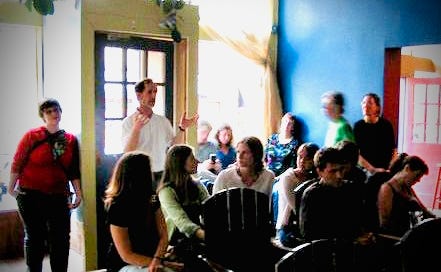This post was first published in 2013.
The reason for the real ... is trust.
In a culture of the spectacle and the hyper-real, what matters is not engagement, but attachment. This kind of attachment, born of fascination, creates a co-dependency between the observer and the observed, between the viewer and the screen. With the spectacular, the pull is to become absorbed in the singular moment that evolves into a 24/7 series of manufactured moments.
For example, as I write, CNN is broadcasting the Jodi Arias murder trial. What is the fascination with case? Why does CNN and other networks invest so much air-time in the coverage of this one case? What is there to learn from it? What difference does this case make to the lives of millions of viewers that coverage of another court case does not?
Here is an example of the Spectacle of the Real. As a hyper-real spectacle, it becomes the preferred experience precisely because it is not our reality. The culture of the spectacle is at its core voyeuristic. We could describe this type of programming as murder-porn because it exploits the same sexual fascination with young attractive women that consistently drive viewers to the screen.
When reality is engaged, truth emerges that provides a way to understand how we relate to one another and to our environments. It is this relational connection that creates engagement. It is a connection that has a mutual flow between the relating parties. This is true even if we are speaking of our relation to the natural environment.
Our human relationships of trust require honesty, transparency, and openness in an environment of mutual sharing. It is possible to have these relationships virtually. But they must be intentionally developed.
The reason for the real is to create environments where doubt, suspicion, and anxiety are replaced by trust, understanding, and peace.




